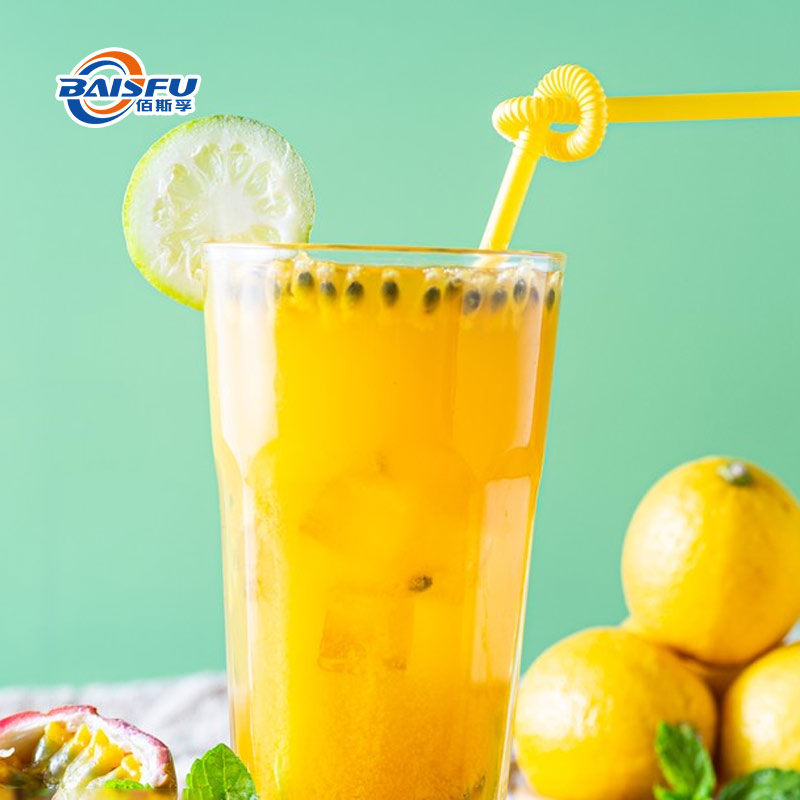Why some flavors need high temperature stability?

1. High temperature stability requirements: the “survival challenge” of baking flavors
The processing temperature of baked goods (such as bread and cakes) is usually 150~220°C, and the heating time is long (tens of minutes). Flavors must remain stable during this process:
Chemical stability: High temperature may decompose flavor molecules (such as esters are easily hydrolyzed and aldehydes are easily oxidized). High temperature resistant flavors will use high boiling point compounds (such as maltol, some pyrazines), or use microencapsulation technology to protect sensitive ingredients.
Volatilization control: If the boiling point of the flavor is too low (such as limonene boiling point 176°C), it will evaporate in large quantities during baking, leaving only “afterscent” in the finished product. Therefore, baking flavors often add fixatives (such as plant essential oil resins) to delay volatilization.
Case: Vanillin (melting point 80°C, boiling point 285°C) used in vanilla cakes is not easy to decompose during baking, while natural citrus oil (containing low boiling point terpenes) used in beverages will be completely ineffective if used directly for baking.
2. Volatility requirement: “Instant olfactory impact” of beverage flavors
Beverages (such as juice and carbonated drinks) are usually perceived at low temperatures and in a short time, and flavors need to release aroma quickly:
Volatility matching: Beverage flavors focus on low-boiling point compounds (such as ethyl acetate with a boiling point of 77°C), which can evaporate into the air as soon as the bottle is opened, stimulating the nasal olfactory receptors.
Solubility design: Water-based beverages require water-soluble flavors (such as alcohols and aldehydes), while oil-soluble flavors (such as certain terpenes) will form layers and require the addition of emulsifiers (such as gum arabic).
Special case for cold drinks: The low temperature of iced drinks may inhibit the volatilization of aroma, so a small amount of “top aroma enhancer” (such as menthol) is added to produce a refreshing aroma even at low temperatures.

